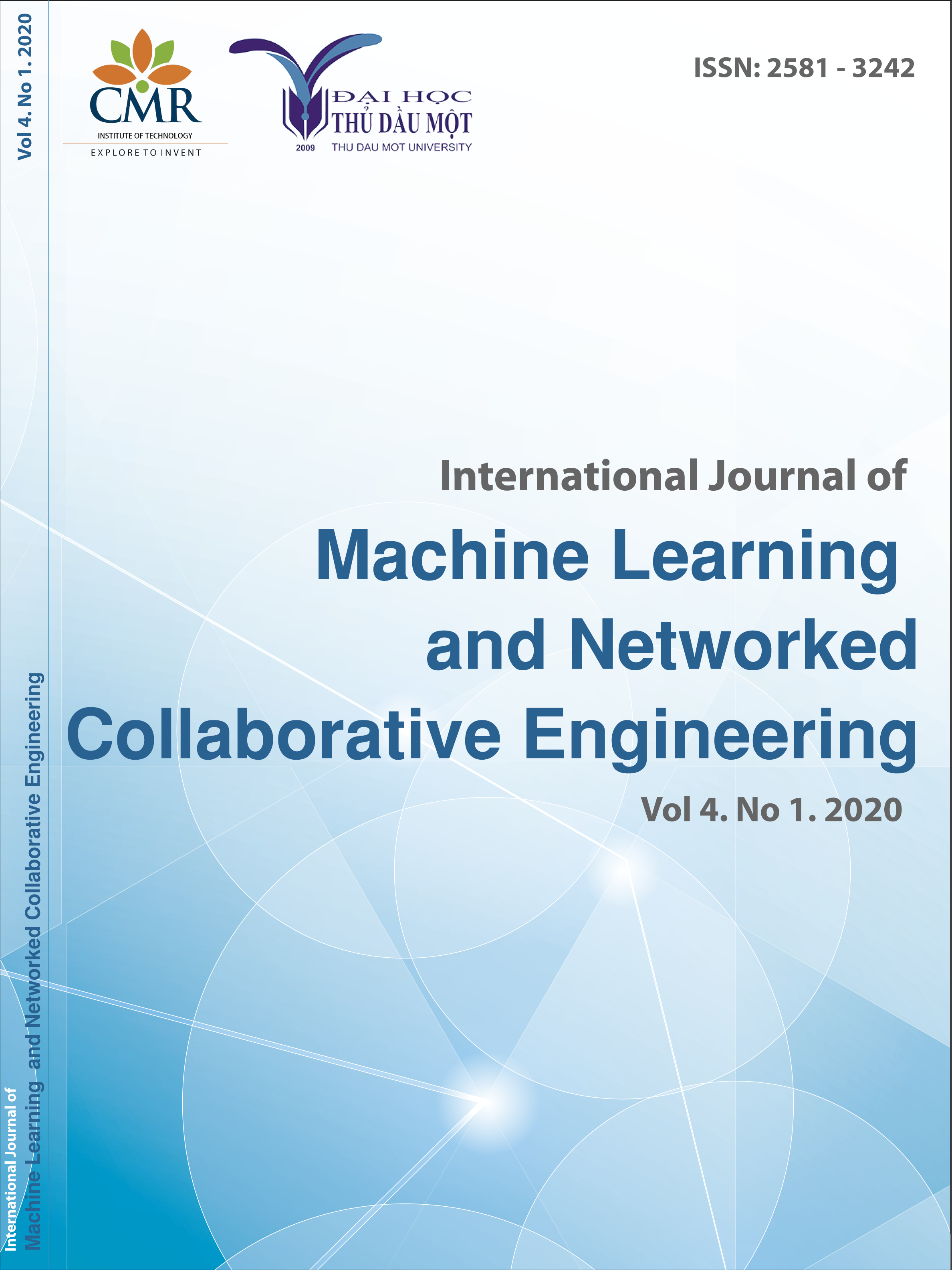The Performance Enhancement Systems of Human Iris Pattern and Recognition Method through Digital Authentication Application
Keywords:
Digital Voting, Iris Recognition, Segmentation, Feature Extraction, AccuracyAbstract
Human iris and recognition patterns have been recognized as the best biometric marking ever found, owing to the uniqueness of iris and the textured iris patterns tend to remain natural, unchangeable and recognizable through existence. Mathematical analyses of the special stable patterns formed within the iris include Iris detection methods and a comparative analysis is carried out utilizing an established database. In this document, a clean electoral system is created to build a fraud-free ID list of electors. To find the Iris and Eyes, the algorithm of canny edge detection is used, Dougman's normalization procedure is used, object filters are added and finally the corresponding process is conducted for the Euclidian set. Biometric authentication confirms our identification by being a simple and increasingly secure method. We implement a weighted, majority voting process for all biometric authentication systems utilizing a bit wise contrast between inscription and biometric models to resolve this problem and to enable Iris identification in less than ideal images. We also observed that the approach outdoes the current majority and efficient bit sorting strategies through a set of tests with the database CASIA iris. Our approach is an easy and efficient way to boost the accuracy of established iris detection systems.
References
Shabab Bazrafkan et al., “Enhancing iris authentication on handheld devices using deep learning derived segmentation techniques”, IEEE 2018
Sushilkumar S. Salve et al., “Iris recognition using SVM and ANN”, IEEE 2016
J. G. Daugman, “High con?dence visual recognition of persons by a test of statistical independence,” IEEE Transactions on Pattern Analysis and Machine Intelligence, vol. 15, no. 11, pp. 1148–1161, 1993.
Cunjian Chen , Arun Ross et al., “A Multi-task Convolutional Neural Network for Joint Iris Detection and Presentation Attack Detection”, IEEE 2018
R. P. Wildes, J. C. Asmuth, G. L. Green, S. C. Hsu, R. J. Kolczynski, J. R. Matey, and S. E. McBride, “A machine-vision system foriris recognition,” Machine Vision and Applications, vol. 9, no. 1, pp. 1–8, 1996.
R. Raghavendra et al., “ContlensNet: Robust Iris Contact Lens Detection Using Deep Convolutional Neural Networks”, IEEE 2017
Shervin Minaee et al., “An experimental study of deep convolutional features for iris recognition”, IEEE 2016.
Hugo Proena and Lus A. Alexandre, “UBIRIS: A noisy iris image database,” in Proceed. Of ICIAP 2005 - Intern. Confer. On Image Analysis and Processing, 2005, vol. 1, pp. 970–977.
M. Vatsa, Richa Singh, and P. Gupta, “Comparison of iris recognition algorithms,” Intelligent Sensing and Information Processing, 2004.Proceedingso fainter national Conference on, pp. 354–358, 2004.
H. Proencaand L. A. Alexandre, “UBIRIS: Anoisy iris image database,” in International Conference on Image Analysis and Processing, 2005, pp. 970–977.
Ritesh Vyas, Tirupathiraju Kanumuri, Gyanendra Sheoran, Pawan Dubey, “DeepIrisNet: Deep iris representation with applications in iris recognition and cross-sensor iris recognition”,, IEEE, 2017.
Shervin Minaee , Amir Ali Abdolrashidi et al., “Iris recognition using scattering transform and textural features”, IEEE 2015
R.P. Wildes, “Iris recognition: An emerging biometric technology,” PIEEE, vol. 85, no. 9, pp. 1348–1363, September 1997.
Pedro Silva et al., “An Approach to Iris Contact Lens Detection Based on Deep Image Representations”, IEEE 2015
Firoz Mahmud et al., “PCA and back-propagation neural network based face recognition system”, IEEE 2015
W. K. Kong, D. Zhang, Accurate Iris Segmentation Based on Novel Reflection and Eyelash Detection Model, Intelligent Multimedia, Video and Speech Processing, International Symposium on. IEEE pp. 3–6, 2001.
P. Punyani, A. Kumar, and R. Gupta, An optimized Iris Recognition System using MOGA followed by Combined Classifiers, International Journal of Research in Advent Technology vol. 4, no. 3, pp. 221–226, 2016.
K. Okokpujie, E. Noma- osaghae, and S. John, An Improved Iris Segmentation Technique Using Circular Hough Transform, International Conference on Information Theoretic Security PP. 203-211, 2017.
Downloads
Published
How to Cite
Issue
Section
License
Copyright (c) 2020 International Journal of Machine Learning and Networked Collaborative Engineering

This work is licensed under a Creative Commons Attribution-NonCommercial-NoDerivatives 4.0 International License.
https://creativecommons.org/licenses/by/4.0/legalcode




